April 19, 2024 | 12:31 GMT +7
April 19, 2024 | 12:31 GMT +7
Hotline: 0913.378.918
April 19, 2024 | 12:31 GMT +7
Hotline: 0913.378.918

Rubber latex exploitation in Vietnam. Photo: VRG.
Growth in volume and value of rubber exports to China in 2020 has helped Vietnam rubber increase its share in this important market.
According to statistics of the Chinese Customs Service, in the first 11 months of 2020, China's rubber import reached US$9.76 billion, up 4.5% over the same period in 2019. Thailand, Vietnam, Malaysia, Indonesia, and South Korea are the five biggest markets supplying rubber to China.
In the first 11 months of 2020, Vietnam was the second-largest rubber supplier to China with a value worth $1.51 billion, up 14.9% over the same period of 2019.
Thanks to such significant growth, Vietnam's rubber market share in the first 11 months of 2020 accounted for 15.52% among China's total import value, compared to 14.11% in the same period of 2019.
In terms of export categories, Vietnam ranks 2nd among the countries providing natural synthetic rubber blends and 4th in supplying natural rubber to China.
In the first 11 months of 2020, China’s import of natural synthetic rubber blend reached $4.34 billion, up 35.2% over the same period of 2019. Thailand, Vietnam, Malaysia, Indonesia, and Myanmar are the five largest markets that supply such a rubber product category to China.
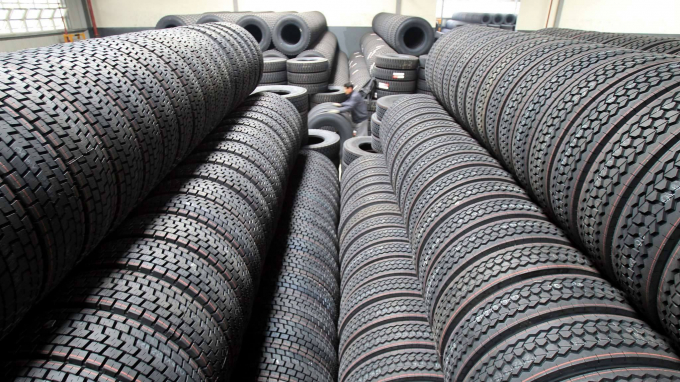
China increases its rubber import thanks to the recovering economy. Photo: CGTN.
Việt Nam was the second-largest supplier of natural synthetic rubber in the first 11 months of 2020 with a value worth $1,3 billion, an increase by 30% over the same period of 2019.
The market share of the natural and synthetic rubber blend of Vietnam last year accounted for 29.98% of China's total import value of the same product category, down from 31.18% in 11 months of the previous year.
Meanwhile, in the first 11 months of 2020, China imported natural rubber worth $2.63 billion, a decrease of 13.5% compared to the same period in 2019. China imports natural rubber mainly from markets such as Thailand Lan, Indonesia, Malaysia, Vietnam, and Ivory Coast.
Also in the same period, Vietnam is the fourth largest natural rubber supplier to China with $204.51 million of value, a drop of 32.2% compared to 2019. Market share of Vietnamese natural rubber accounted for 7.77% of China's total imports, down from 9.91% in the first 11 months of 2019.
But according to statistics from the General Department of Vietnam Customs, in the whole year 2020, Vietnam exported 1.36 million tons of rubber to China with a turnover worth $1.83 billion, up 17.3% in volume and 18% in value compared to 2019.
Translated by Kim Khuyen
/2024/04/17/4354-1-223720_593.jpg)
(VAN) The allowable maximum residue threshold that Japan stipulates for the Doxycycline antibiotic in imported seafood is causing difficulties for seafood exports to this market.
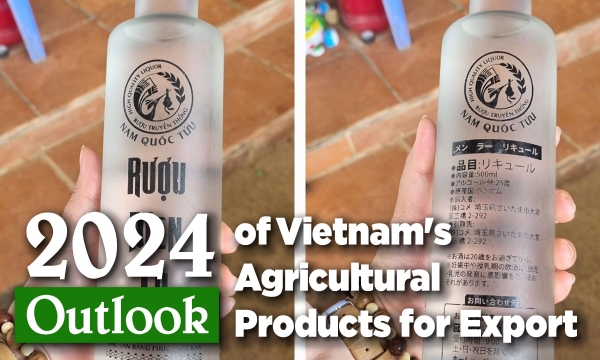
(VAN) From a bottle of wine cooked using the traditional method, Thanh Tam Cooperative has raised the bar to bring this product to conquer the Japanese market.
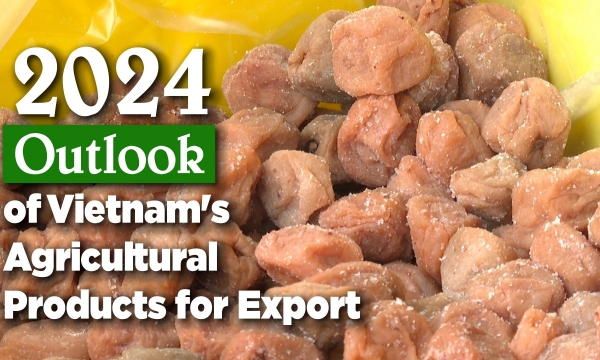
(VAN) Once forgotten, apricot trees in Bac Kan have been revived recently, helping many households earn thousands of USD from diverse processed and exported products.
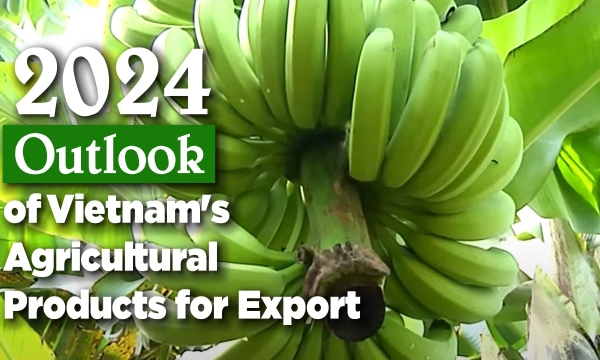
(VAN) After many years of being ranked below the Philippines, Vietnam's main fruit product has accounted for about half of the market share in China and is forecast to increase further.
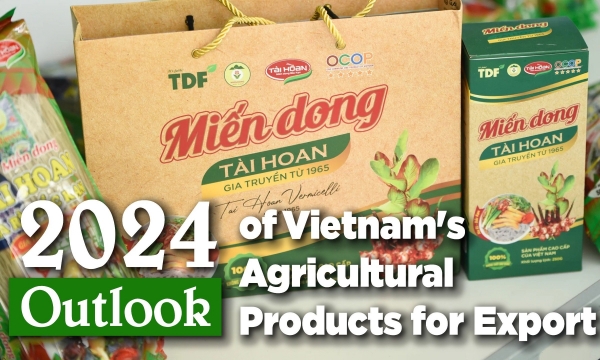
(VAN) From a traditional product, Tai Hoan vermicelli has grown to become the province's main agricultural product, continuously exported to the European market for many years.
/2024/04/16/3528-2-113140_748.jpg)
(VAN) As for the South Korean market, VASEP assumes that, if the quota mechanism in VKFTA is not lifted, Vietnamese shrimp will also be at risk of not having any advantage over Peruvian shrimp.
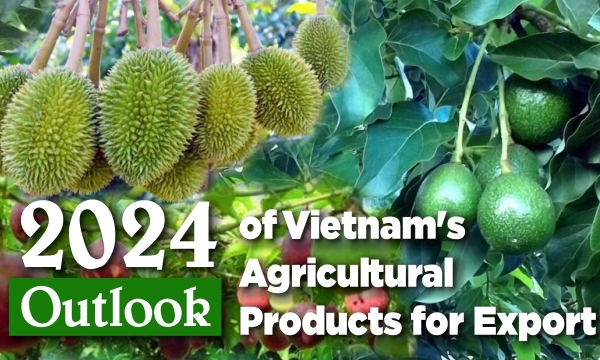
(VAN) Mango, grapefruit, durian, and passion fruit in Dak Lak, Dak Nong, Dong Thap, Ben Tre, Tien Giang will benefit from Phase 2 of the GQSP Project from now until 2026.